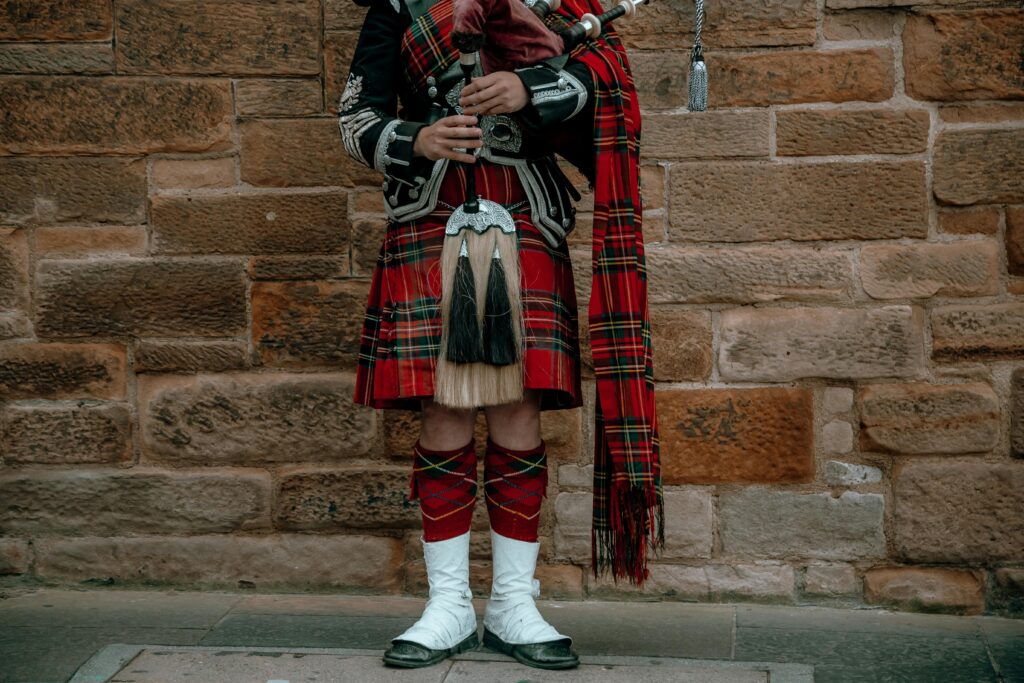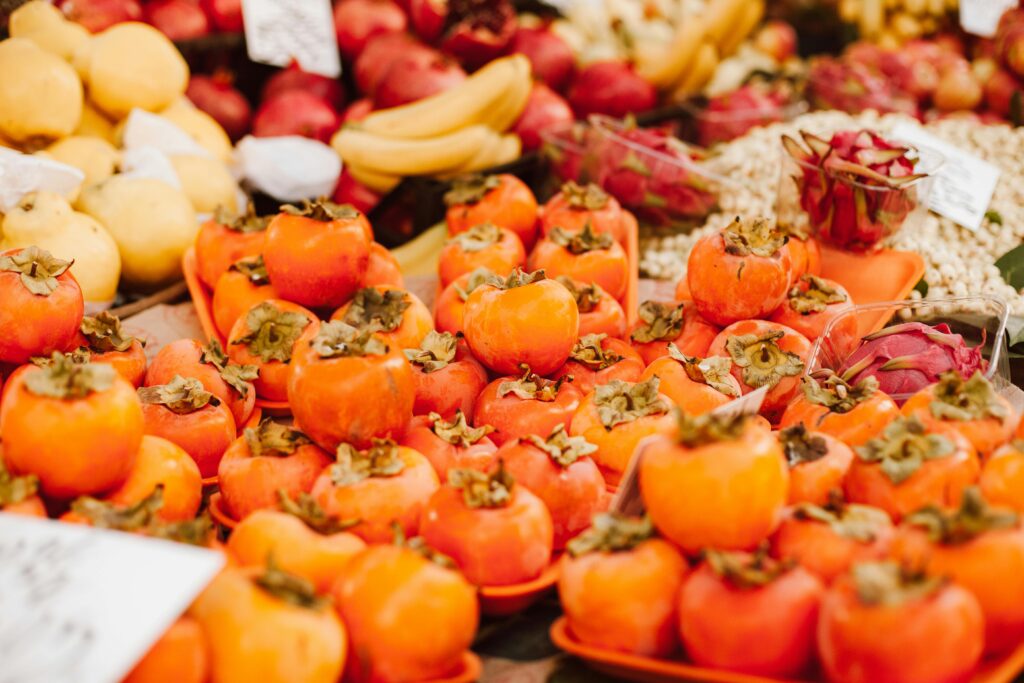Hogmanay Traditions: Scotland’s Unique New Year Celebration

As winter wraps Scotland in its frosty embrace, the country bursts into life with song, fire, and festive cheer. This is Hogmanay — Scotland’s bold and heartfelt celebration of the New Year. More than just a party, Hogmanay is rich with meaning, blending ancient customs, symbolic rituals, and a deep sense of community. In this guide, we explore iconic Hogmanay traditions — from torchlit parades to midnight songs — and offer insight into the New Year’s gift-giving customs that make this Scottish celebration truly unique.
🇬🇧 What Is Hogmanay?
Hogmanay is the Scottish term for New Year’s Eve, but the celebration spans far more than one night. In fact, January 2 is a public holiday in Scotland — a sign of just how significant this occasion is.
Rooted in pagan, Norse, and Gaelic customs, Hogmanay became Scotland’s primary winter celebration during the centuries when Christmas was suppressed due to the Protestant Reformation. As a result, New Year’s Eve evolved into a major cultural event, blending fire, folklore, and festivity in ways that are uniquely Scottish.
🔥 How Scotland Celebrates Hogmanay
From torchlit marches to folk dances in the street, here’s how Scots ring in the new year with passion and purpose:
1. 🔥 Torchlight Processions
Hogmanay often begins with a torchlight parade, especially in Edinburgh. Thousands of marchers carry real flames through the city’s cobblestone streets, creating a river of fire that symbolizes purification and protection. This ritual harks back to pagan fire festivals, which sought to chase away evil spirits and prepare for a prosperous new year.
2. 🕰️ Midnight Bells & “Auld Lang Syne”
As midnight approaches, silence falls. Bells toll from church towers — most famously the Balmoral Hotel’s clock — and then, voices swell with “Auld Lang Syne”, the nostalgic Scottish song by Robert Burns. Holding hands in a circle and singing with friends and strangers alike is a must.
📜 “Auld Lang Syne” translates to “old long since” — a poetic nod to friendships that stand the test of time.
3. 🎉 Street Parties & Fireworks
Scotland throws one of the world’s greatest New Year’s parties. In cities like Edinburgh, Glasgow, and Inverness, Hogmanay brings massive street celebrations featuring live music, ceilidh dancing, firework displays, and festive food. The Edinburgh Street Party is globally renowned, with music stages, outdoor bars, and a dramatic midnight fireworks show.
4. 🚪 First-Footing: Who Steps Through the Door Matters
After midnight, the tradition of “first-footing” begins. The first person to enter a home in the new year — the “first footer” — is believed to bring that household good or bad luck for the coming year.
A tall, dark-haired man is the ideal first-footer (a tradition with possible anti-Viking roots). He should bring symbolic gifts that represent blessings:
| Gift | Symbolism |
| Coal | Warmth and comfort |
| Salt | Prosperity and flavor |
| Shortbread | Nourishment and hospitality |
| Whisky | Joy, generosity, and celebration |
🔑 Tip: If you’re visiting someone’s home as the first-footer, bring these tokens — it’s not superstition, it’s serious tradition.
5. 🏊♂️ Loony Dook: New Year’s Day Dip
On January 1st, the brave (or bonkers) take part in the Loony Dook — a chilly plunge into rivers or the Firth of Forth. Often done in costume and for charity, it’s a refreshing way to shock the system into the new year.
🥂 Visiting a Hogmanay Party? Here’s What to Expect
Being invited to a Hogmanay gathering is an honor — and a lot of fun. Here’s how to join in with respect and enthusiasm:
🎉 Arrive Festive, Stay Late
Most gatherings start around 8–9 PM and go well past midnight. Expect hours of food, drinks, music, and maybe even impromptu ceilidh dancing.
💃 Don’t Be Shy About Dancing
Ceilidh dancing (traditional Scottish group dances) is often part of the fun. Even if you’ve never tried it before, locals will gladly show you the steps.
🍽️ Feast Like a Scot
Hogmanay feasts are hearty, homemade, and deeply comforting. Traditional dishes often include warming bowls of Scotch broth or lentil soup, savory steak pie, and sweet mince pies. Cheese and oatcakes are a common staple, and no celebration would be complete without a generous pour of good Scottish whisky.
🎁 Hogmanay Gift Etiquette: Should You Bring Something?
This section may contain affiliate links. I may earn a small commission if you buy through these links at no extra cost to you.
While Hogmanay isn’t a traditional gift-giving holiday like Christmas, it’s customary to bring a small, thoughtful gesture when attending someone’s celebration — especially if you’re their first-footer.
✅ Thoughtful Gifts to Bring:

A bottle of Scotch whisky or wine (Try this 12 year old Macallan Highland Single Malt Scotch Whisky)
A tin of shortbread biscuits (try the Walker’s Shortbread Highlanders, All-Butter Shortbread Cookies)
Homemade baked goods (Try this easy Scottish shortbread recipe from Christina’s Cucina)
Coal (symbolic, but yes, really — even just a small piece!)
A thank-you card or handwritten note
These offerings reflect the traditional meanings of Hogmanay and show appreciation for your host’s hospitality.
❌ What Not to Bring:
… Expensive or flashy gifts — Hogmanay is more about community than materialism
… Anything overly personal or sentimental unless you know the host well
… Anything not aligned with the spirit of the season (e.g. prank gifts or novelties)
🧹 A Quirky Custom: Clean Before the Clock Strikes
One of the lesser-known but widely followed Hogmanay traditions is “redding the house” — a full clean-out before the year ends. The idea is to start the year fresh, free from old messes and lingering bad luck. In some homes, this includes taking out ashes from the fireplace or paying off debts before midnight.
🌍 Celebrate Hogmanay the Scottish Way
Hogmanay is more than just a party — it’s a deep, meaningful tribute to new beginnings, ancestral heritage, and community spirit. Whether you’re linking arms in a circle to sing “Auld Lang Syne,” marching through the streets with firelight, or sharing shortbread with neighbors, this uniquely Scottish celebration offers a warm and unforgettable way to start the year.
So raise a dram, light a torch, and remember the Scottish toast:
“Lang may yer lum reek!”
(Long may your chimney smoke — a wish for warmth, prosperity, and good fortune.)
❓FAQ: All About Hogmanay
What does “Hogmanay” mean?
The exact origin is unclear, but “Hogmanay” is the Scottish word for New Year’s Eve. Some believe it may come from Old French or Norse roots, reflecting Scotland’s diverse cultural influences.
When is Hogmanay celebrated?
Hogmanay is celebrated on December 31, but festivities often continue into January 1 and 2. In Scotland, January 2 is a public holiday, giving people time to recover from the late-night celebrations.
Why is Hogmanay more important than Christmas in Scotland?
Due to the Protestant Reformation, Christmas was largely banned in Scotland for centuries. As a result, New Year’s Eve became the main winter celebration, evolving into the rich, community-focused event it is today.
What is “first-footing” in Hogmanay?
First-footing is the tradition of being the first person to enter a home after midnight on New Year’s. The first-footer is believed to bring luck and should ideally be a tall, dark-haired man carrying symbolic gifts like coal, salt, shortbread, and whisky.
What should I bring to a Hogmanay party?
While it’s not a gift-giving holiday, it’s polite to bring a small gesture if you’re invited to someone’s home:
A bottle of Scotch or wine
Shortbread biscuits
Homemade treats
A thank-you card
Traditional first-footing items (coal, whisky, salt)
What is “redding the house”?
“Redding the house” is a Scottish tradition of cleaning the home before Hogmanay. It symbolizes sweeping out the old year and starting the new one fresh — physically and spiritually.
What do Scots eat on Hogmanay?
Typical Hogmanay foods include:
Steak pie
Lentil or Scotch broth
Mince pies
Oatcakes and cheese
And plenty of whisky, of course!
Is Hogmanay celebrated only in Scotland?
While Hogmanay is a uniquely Scottish celebration, it’s also observed in parts of Northern England and by the Scottish diaspora around the world. Edinburgh’s Hogmanay festival is especially famous and draws international visitors.
One response to “Hogmanay Traditions: Scotland’s Unique New Year Celebration”
-
[…] Year’s Eve, also known as Hogmanay in Scotland, is one of the UK’s most festive nights of the year. While traditions vary slightly between […]


Leave a Comment